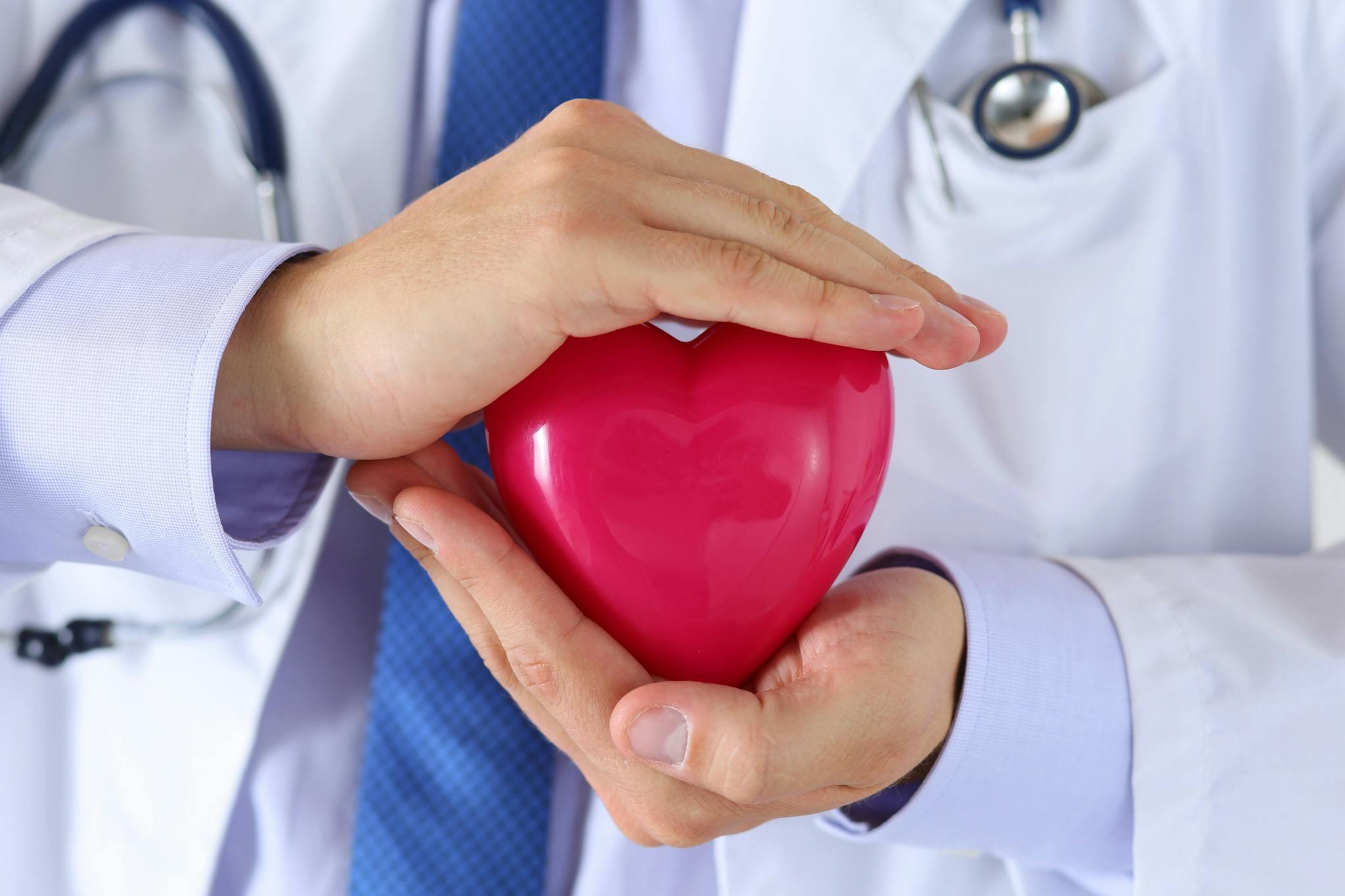
April 22, 2024
What Deficiency Causes Cold Hands and Feet?
- Family Medicine
- Internal Medicine
November 11, 2016 | Pulmonology

Perhaps no other area more accurately represents the complexity of the human body than our system of blood vessels. Thousands of minuscule pipelines affected by heart rate transport vital blood to many destinations. With so little margin for error, even a tiny kink in the system can be cause for concern.
Chief among these potential concerns is a condition called an embolism. A broad category, embolisms are defined as any lodging of a blockage (known as an embolus) within a blood vessel. Embolisms are most commonly some form of blood clot, but there are cases where other objects are able to make their way into the bloodstream as well.
Embolisms can manifest themselves in a number of ways and within many locations in the body, often in serious and potentially life-threatening manners. Let’s take a look at a few basic facts about this common blood disorder.
Embolisms share many risk factors with heart disease, such as age and genetics. Smokers, people with high blood pressure and those with high-cholesterol diets are also at increased risk.
Embolisms can also form as a result of more singular occurrences, however. Tumors or fat from bone marrow can detach from their original homes and become emboli, often clogging up areas far from where they originated within the bloodstream. Pockets of air will occasionally form within blood vessels and act as emboli of their own, a slightly more common occurrence for underwater divers.
For people with pulmonary embolisms, the most common cause is a disorder known as deep vein thrombosis (DVT). DVT involves blood clots forming in the legs before often moving to other, more dangerous areas.
Embolisms can materialize all over the body, with varying symptoms. Here are some of the most common:
Just like their risk factors, embolisms share several symptoms with heart disease. Initial signs can include pain (commonly in the legs, chest or back), dizziness and difficulty breathing. If you experience frequent chest pain or irregular heartbeat, consult with your doctor. Anyone coughing up even tiny bits of blood should seek immediate medical attention, as this could be a warning sign for a dangerous pulmonary embolism.
One of a few different types of tests is used to confirm the presence of an embolism. These include simple tests like X-rays or CT scans, plus more detailed examinations like ventilation perfusion scans or a process called pulmonary angiography (for the lungs). This process will vary on a case-to-case basis.
For embolisms caused by blood clots, anticoagulants (medicines which stop blood from clotting) are the primary treatment method. They’re often used alongside another type of medication called thrombolytics, which help dissolve clots. As we noted above, specific cases of pulmonary embolism are generally tied to DVT, for which anticoagulants are commonly prescribed.
From a prevention standpoint, frequent exercise and stretching (especially in affected areas, for people already dealing with embolisms) are top of the list. Healthy habits are up there too, particularly within the realm of diet. Compression clothing can also be worn, particularly compression stockings on the legs.
WRITTEN BY:
The Live Better Team


April 22, 2024

April 9, 2024

March 22, 2024

February 12, 2024
This information is not intended to replace the advice of a medical professional. You should always consult your doctor before making decisions about your health.